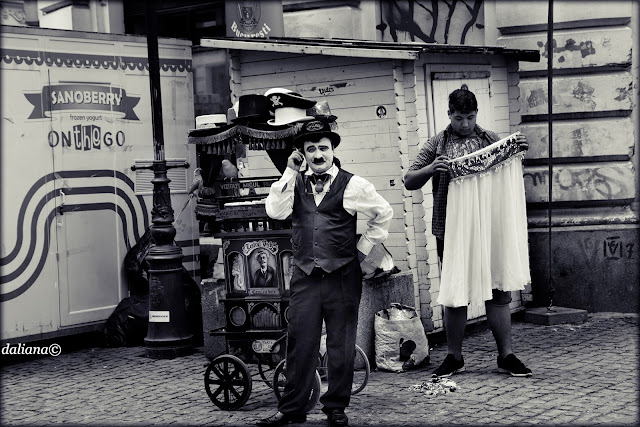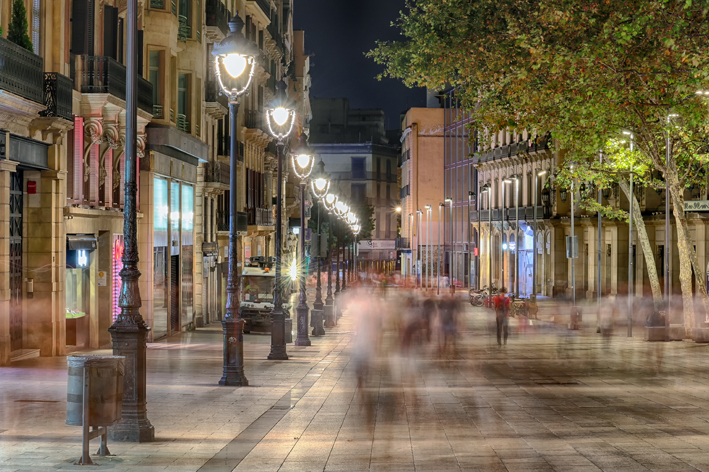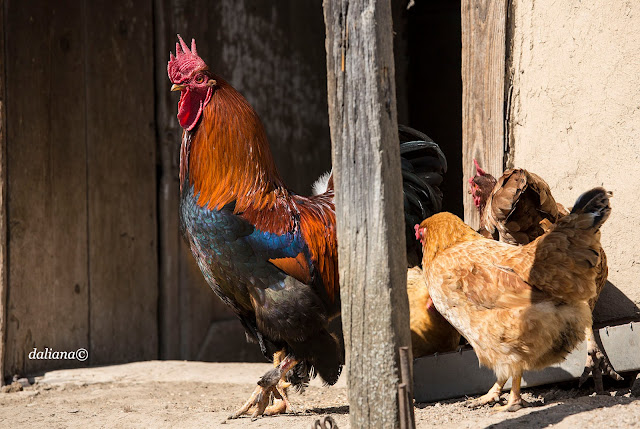The Corbii de Piatră Monastery
is lying in a place
as if chosen by the Divinity itself and the construction
itself is remarkable
by its complete simplicity that makes you meditate, introspect and pray. The
church is documentary attested in 1512 when it became a place of worship
The beginnings of monastic life at Corbii de Piatra (the
Stone Ravens) are rather unknown.
Most of the monastic settlements replaced older ones,
going down through history to times beyond memory.
This is how it must
have been for the Ravens Monastery,
located in the heart
of a mysterious and very ancient ascetic Romanian settlement.
The first document mentioning it is dated June 23, 1512, which
is certainly not the date the monastery was first created, and there are
accurate information stating that the holy place existed before this date.
The cave church of is a typological derivative of the
hall-church, with two altars meant for two patron saints, typical of the
Byzantine world of the 10th century.
It is typologically related to the group of cave churches of
Cappadocia, as the special feature of the double altar with one single nave is
unique in our country.
This solution was probably convenient for the small
communities of monks who can go without the deacon. The stylistic features, the
quality of the painting, exclusive with Greek inscriptions, corroborated with
information gathered from other documents, allow setting the exact date of the
complex at the beginning of the 14th century. The cave complex of Corbii de
Piatra is the tangible evidence of the existence of monastic nuclei of the
anchorite type in Wallachia even before the organization of the Wallachian
church in the 14th century.
Dug into a huge rock wall (30 m high and 14.5 m long), the
church is, from an architectural point of view, falls into the byzantine
architectural typology, characteristically for the 10thCentury.
On the other hand, this type of rupestrian citadel, having a
camouflaged entrance (under 1 meter high) determines some historians to presume
its age to be around the period the Christians were persecuted, that is about
the end of the 2ndCentury, B.C. Other historians place their suppositions
further back, presupposing that here would have been a Dacian place of worship,
votive to the ancient God Zalmoxis.
The unicity of this monastery is not given only by its
aspect and the space around it but also by the fact that the church has two
altars for the same nave. In front of the entry into the church, there is the
refectory (the canteen of the monastery).
The interior of the church is sublime, silent and simple.
It is worth noting that the mural painting date from the
14th Century and still has large original parts of the old painting, depicting
biblical scenes: The Nativity Scene, The Raising of Lazarus, The Annunciation,
and The Transfiguration.It is considered to be the oldest rupestrian painting
into the country.
An 11th old Century wooden church, placed into the yard,
poorly build, skewed by the time and weather-bitten, completes the whole image
full of spirituality and depth. This mysterious hermitage, from immemorial
times, in which you are only allowed to whisper heavenly-minded and humble, is
a place of pilgrimage for the believers and for the tourists that are seeking
places endowed with special energies.
Mănăstirea Corbii de Piatră
este așezată într-un loc ales parcă de Divinitate, iar construcția în
sine, se remarcă printr-o simplitate desăvârșită, ce predispune la
meditație, introspecție și rugăciune. Biserica este atestată documentar
la 1512, când a devenit lăcaș de cult cu hramul „Adormirea Maicii
Domnului”, închinat domnitorului Neagoe Basarab.
Despre vechimea acestui lăcaș însă, sunt multe păreri, care consideră
că originile s-ar situa în vremuri mult mai îndepărtate, ale istoriei.
Săpată într-un perete uriaș de stâncă (înalt de 30 m și lung de 14,5 m),
biserica se înscrie din punct de vedere arhitectural, în tipologia
bizantină, caracteristică secolului X. Pe de altă parte, acest gen de
adăpost rupestru, prevăzut cu o intrare de camuflaj (de sub 1m
înălțime), îi face pe unii istorici să maergă cu prezumțiile, până la
perioada persecuțiilor împotriva creștinilor, de la sfârșitul secolui al
II-lea, după Hristos.
Alții merg cu supozițiile, în vremuri și mai îndepărtate,
presupunând că aici ar fi fost un loc de cult dacic, închinat zeului
Zalmoxis.
Unicitatea acestei mănăstiri, nu este dată numai de aspectul ei și al
spațiului ce o înconjoară , ci și de faptul că, biserica este prevăzută
cu două altare ale aceluiaș naos. Înainte de intrarea în biserică, se
află trapeza (sala de mese a mănăstirii). Interiorul bisericii este
sublim, tăcut și simplu. De remarcat, este pictura murală de secol XIV,
care păstrează în original mari părți din pictura veche, ce redă scene
biblice: Nașterea Domnului, Învierea lui Lazăr, Bunavestire, Schimbarea
la față. Este considerată ca fiind, cea mai veche pictură rupestră din
țară. În curte, o bisericuță de lemn, de secol XIX, firavă și înclinată
de timp și intemperii, întregește tabloul plin de spiritualitate și
profunzime.
Acest schit misterios, venit din timpuri străvechi, în care nu poți
vorbi decît în șoaptă, cu smerenie și pioșenie, este loc de pelerinaj
pentru credincioși și pentru turiștii care caută locuri încărcate de
energii deosebite.
http://www.imperialtransilvania.com





















































